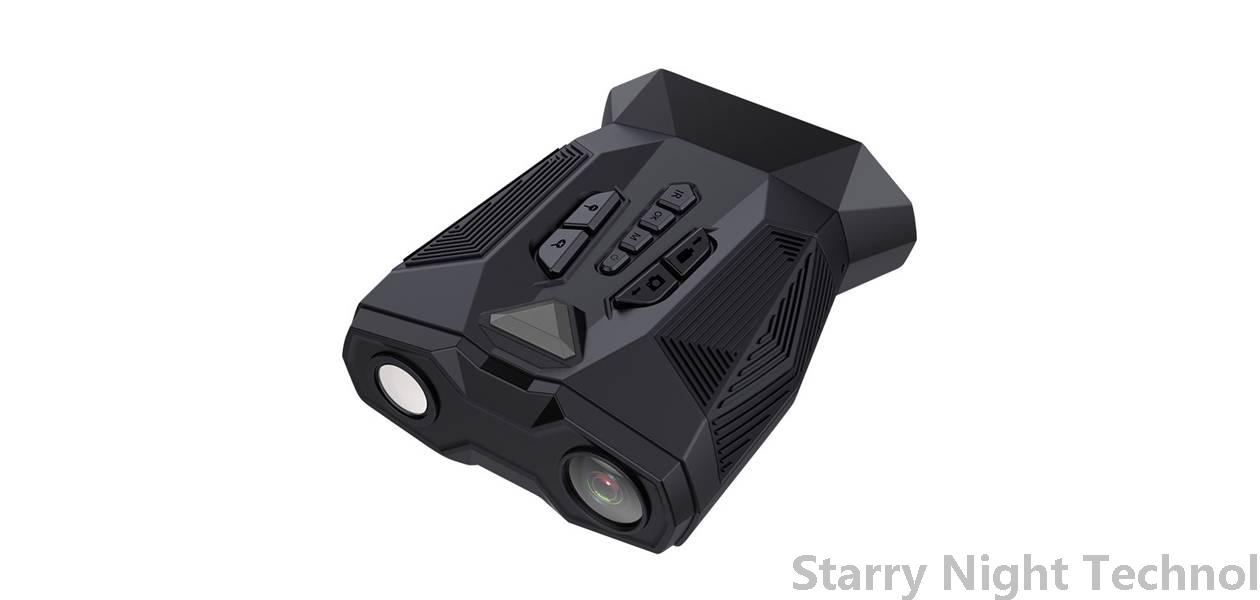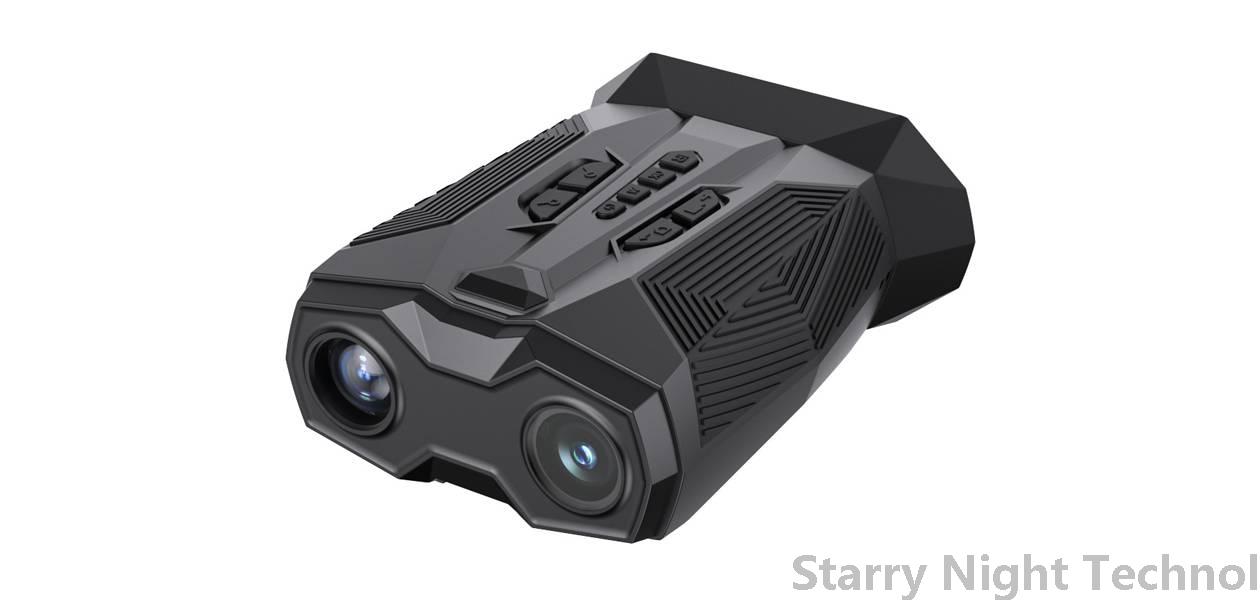The Guardian of Surveillance Drones: Sentinel of the Night Hours
1751112022000

In an epoch characterized by rapid technological advancements and profound societal dilemmas, surveillance drones have emerged as both a boon and a bane. As sentinels of the night hours, these unmanned aerial vehicles (UAVs) oversee our urban sprawls and rural expanses alike, embodying the delicate balance between security and privacy in an increasingly interconnected world.
### The Rise of Surveillance Drones
The inception of drone technology can be traced back to military applications; however, their transition into civilian life has been nothing short of revolutionary. The roles they serve today range from local law enforcement, monitoring traffic conditions, firefighting, search-and-rescue operations, agricultural assessments, and environmental protection. It's within this intricate tapestry that we find their capability extended towards nighttime surveillance, where darkness once cloaked the eyes of law enforcement and emergency responders.
With sophisticated imaging technologies such as thermal cameras, infrared sensors, and enhanced GPS systems, today's drones unveil a previously obscured view of the nocturnal landscape. They are equipped not merely for observation but act proactively, providing real-time analysis to keep communities safe while helping organizations maintain vigilance during critical hours.
### The Purpose Justified: Safety and Security
Proponents argue that deploying surveillance drones at night serves vital public safety interests. In urban environments plagued by crime rates or occurrences of unrest, these UAVs can enable police departments to patrol large areas without endangering officers' lives or requiring significant manpower. Furthermore, advanced algorithms allow operators to detect unusual patterns—flags that indicate potential disturbances before they escalate.
For instance, cities like Los Angeles and Chicago have leveraged drones to assist in managing late-night events or protests, ensuring fewer instances of violence and minimizing risks to citizens. Events that once necessitated substantial ground forces now benefit from real-time aerial support—a single pilot controlling multiple drones can monitor gatherings efficiently and significantly enhance situational awareness.
Beyond urban settings, rural deployments also shine under the moonlight. Agricultural uses for drones include tracking livestock movements or assessing crop health post-sundown. From monitoring deer poaching activity to forest fire spot checks, farmers and landowners find solace in knowing they possess "eyes in the sky," safeguarding their livelihoods even in inhospitable conditions.
### Concerns Over Privacy
 Imagine returning home late after a gathering only to discover a drone following your every move; one may feel disenfranchised rather than protected. The psychological implications reflect a deeper discourse on trust within society—the fear that one's actions are continuously monitored stifles free will and livens notions of paranoia.
Imagine returning home late after a gathering only to discover a drone following your every move; one may feel disenfranchised rather than protected. The psychological implications reflect a deeper discourse on trust within society—the fear that one's actions are continuously monitored stifles free will and livens notions of paranoia.Subsequently, regulatory bodies grapple with constructing frameworks that preserve civil liberties while allowing for legitimate security needs. Many countries currently impose restrictions on drone usage, including altitude limits and prohibitions around certain sensitive sites, emphasizing accountability and ethics. However, the challenge remains whether policymakers can strike appropriate balances between enhancement of safety and infringement upon individual freedoms.
### Technological Challenges and Future Directions
As the deployment of surveillance drones gains momentum, challenges evolve alongside innovation capabilities. Technical hurdles arise related to data management—from storage to processing vast quantities of information captured each night. Sophisticated machine learning algorithms strive to identify anomalous behavior patterns while concurrently mitigating false-identifications that emerge through ambiguity. Ensuring precise outcomes amid complex urban configurations poses boundless opportunities for research and development.
The industry is marvelously shifting toward more autonomous features thus reshaping how human operators interact with drones. Artificial intelligence can determine when to initiate specific maneuvers independently based on pre-programmed behavioral models. Nevertheless, caution is warranted, as complete reliance on AI raises ethical complications, leaving critical decision-making undisclosed.
Moreover, manufacturers are attempting to address one of the most basic yet pressing issues faced by nighttime drones—battery limitations. Advances enabling sustainable energy sources and long-flight durations stand pivotal in orchestrating lasting solutions that capitalize on the ubiquity of drones.
### Conclusion
As the sentinel of night hours, surveillance drones encapsulate an evolving narrative encompassing the themes of security, freedom, and advancement. Their ability to monitor quietly offers communities peace-of-mind, proving invaluable in addressing crimes, protecting borders, and salvaging natural resources—not just as instruments of diligence but as harbingers of hope.
However, threading carefully around the nuance of privacy advocated by critics ensures responsible deployment heralding a symbiotic relationship amongst stakeholders. The saga of surveillance drones continues to unfold, compelling us all to ponder existence deeply marked by contemplation surrounding humanity's motivation and direction amidst ceaseless watchful skies. A future thrumming with promise lies ahead, contingent on governance rooted in fairness, inclusivity, and respect for intrinsic rights.
Night vision device accessoriesStarry Night Technol

